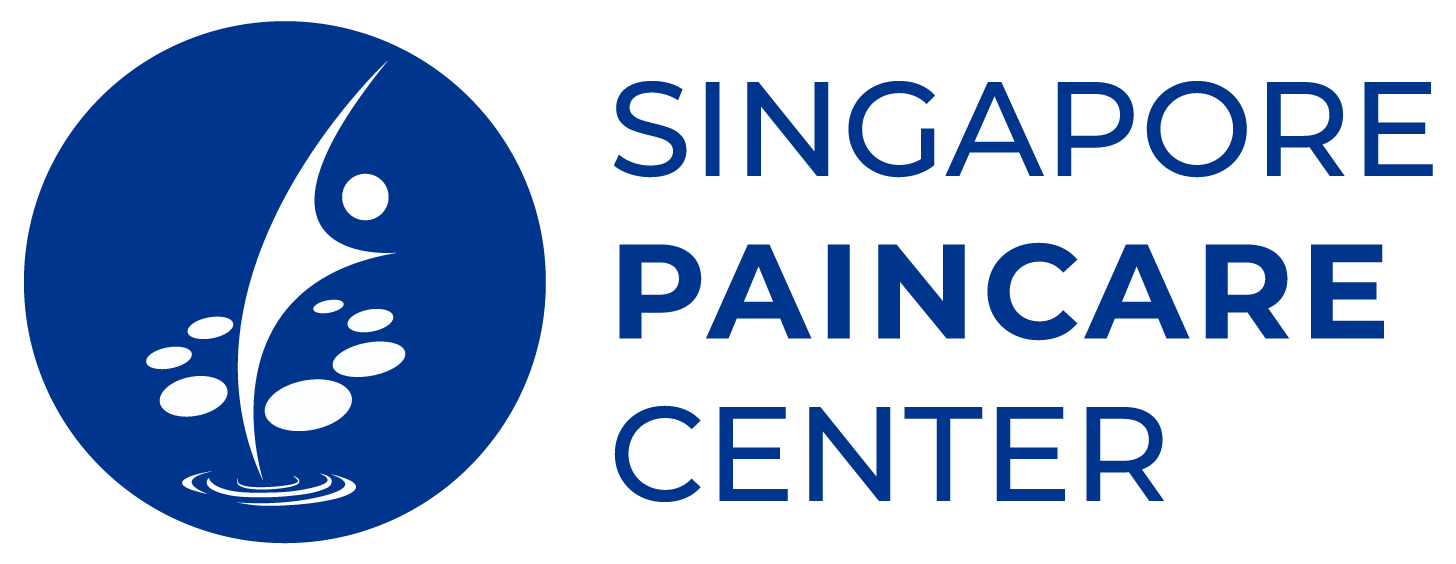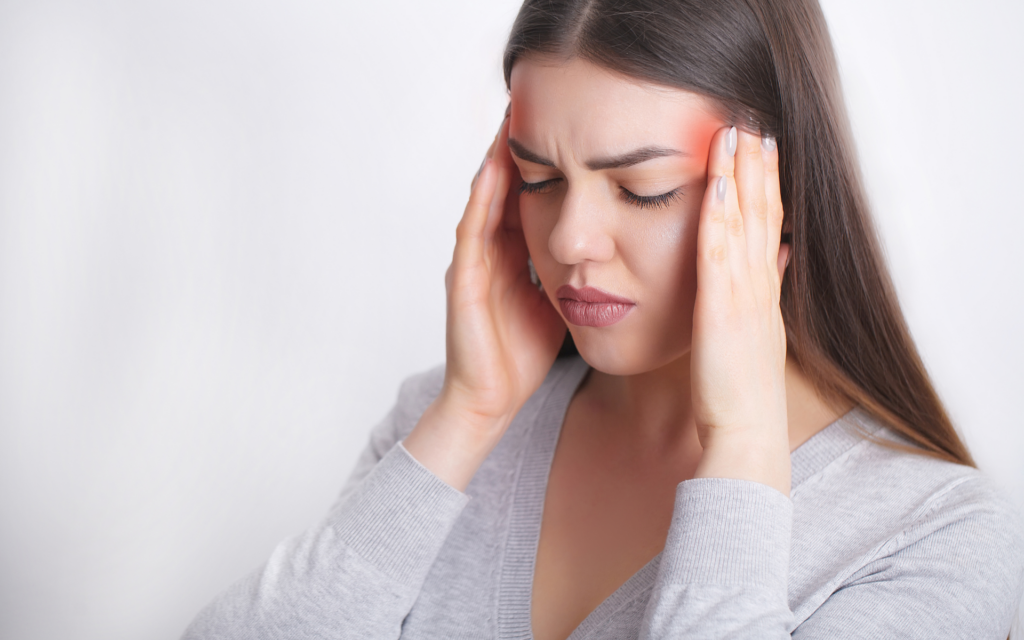Headaches are a common ailment experienced by people worldwide, often causing discomfort and disruption to daily life. While many use the terms “migraine” and “headache” interchangeably, they represent distinct conditions with different characteristics, causes, and treatments. This article explores the differences between migraines and headaches, delving into their various types, symptoms, triggers, and management strategies to provide a comprehensive understanding of these prevalent health issues.
Common Headaches
A common health issue that affects millions of people worldwide is headaches. They can result in various kinds of headaches depending on their intensity, duration, and underlying causes. Comprehending these diverse categories is imperative for precise diagnosis and efficient handling. Among the most prevalent headache types that affect people of all ages are tension headaches. They are frequently distinguished by a dull, aching pain that usually affects both sides of the head and can be mild to moderate in intensity. Tension headaches can be brought on by stress, bad posture, or exhaustion. They are frequently accompanied by muscle tension in the neck, shoulders, and scalp. More information about tension headaches, including symptoms, common causes, and management techniques, is covered in this section.
Tension Headaches
Tension headaches are the most common type of headache experienced by individuals, characterised by mild to moderate, diffuse pain in the head and neck region. Unlike migraines or cluster headaches, tension headaches are typically not associated with significant disability or debilitating symptoms.
Description and Symptoms
Tension headaches are often described as a steady, dull ache or pressure that affects both sides of the head. The pain may be mild to moderate in intensity and can vary in duration, lasting from minutes to days. Unlike migraines, tension headaches do not typically cause nausea, vomiting, or sensitivity to light and sound. However, individuals with tension headaches may experience muscle tension or tenderness in the neck, shoulders, or scalp, contributing to feelings of discomfort or stiffness.
Common Causes
The exact cause of tension headaches is not fully understood, but they are believed to result from muscle tension or contractions in the head and neck region. Contributing factors may include stress, anxiety, poor posture, eye strain, or fatigue. Tension headaches can also be triggered by environmental factors such as noise, glare, or changes in weather. Certain lifestyle factors, such as skipping meals, dehydration, or lack of sleep, may also increase the risk of developing tension headaches.
Cluster Headaches
Cluster headaches are a type of headache characterised by severe, recurring pain on one side of the head, typically around the eye or temple. These headaches occur in clusters or patterns, with frequent attacks lasting from weeks to months, followed by periods of remission. Cluster headaches are considered one of the most painful types of headaches and can significantly impact daily life during active periods.
Description and Symptoms
Pain that is unbearably sharp, stabbing, or burning and that peaks and reaches its maximum intensity in minutes are common descriptions of cluster headaches. The pain is typically localised to one side of the head and is sometimes accompanied by other symptoms like eye tearing and redness, runny or congested nose, drooping eyelids, and perspiration on the face. Cluster headaches can last anywhere from fifteen minutes to three hours, and during their active phases, they can happen several times a day.
Common Causes
The exact cause of cluster headaches is not fully understood, but they are believed to involve abnormalities in the hypothalamus, a region of the brain that regulates the body’s internal clock and biological rhythms. Changes in the hypothalamus can lead to disruptions in the sleep-wake cycle, circadian rhythms, and autonomic nervous system function, all of which may contribute to the development of cluster headaches. Certain factors, such as smoking, alcohol consumption, and a family history of cluster headaches, may increase the risk of developing this condition. Additionally, environmental factors such as seasonal changes, weather patterns, and altitude changes may trigger cluster headache attacks in susceptible individuals.
Sinus Headaches
Sinus headaches are a type of headache caused by inflammation or infection of the sinuses, which are air-filled cavities located in the bones around the nose and eyes. While sinus headaches share some symptoms with migraines and tension headaches, they have distinct characteristics that differentiate them from other types of headaches.
Description and Symptoms
Sinus headaches are typically characterised by a deep, constant pain in the forehead, cheeks, or bridge of the nose. This pain is often accompanied by other symptoms of sinusitis, such as nasal congestion, facial pressure or fullness, and post-nasal drip. Unlike migraines, sinus headaches do not typically cause sensitivity to light or sound, and they are not usually associated with nausea or vomiting.
Common Causes
Sinus headaches occur when the sinuses become inflamed or infected, leading to increased pressure and pain in the affected areas. Common causes of sinusitis include viral infections, bacterial infections, allergies, and structural issues such as nasal polyps or deviated septum. Environmental factors such as air pollution, cigarette smoke, and changes in air pressure can also contribute to sinus inflammation and trigger sinus headaches.
Migraine
Migraine is a complex neurological disorder characterised by recurrent episodes of moderate to severe headaches, often accompanied by other symptoms such as nausea, vomiting, and sensitivity to light and sound. These migraine episodes can significantly impact daily life and require comprehensive management strategies.
What is a Migraine?
A migraine is more than just a headache; it’s a debilitating condition that affects millions of individuals worldwide. While the exact cause of migraines is not fully understood, they are believed to involve abnormal brain activity, neurotransmitter imbalances, and genetic factors. Migraine attacks can vary in duration and intensity, lasting from a few hours to several days and causing significant discomfort and impairment.
The Prodromal Phase
Before the onset of a migraine attack, many individuals experience a prodromal phase characterized by early warning signs.
Early Warning Signs
These signs can manifest as subtle changes in mood, energy levels, appetite, or cognitive function. Recognising these prodromal symptoms can provide individuals with an opportunity to take proactive measures to manage the impending migraine attack.
The Aura Phase
The aura phase is a distinctive feature of some migraine attacks, preceding the onset of headache pain. This phase is characterised by a variety of sensory disturbances that can profoundly impact an individual’s perception and experience.
Visual and Sensory Disturbances
During the aura phase, individuals may experience a range of visual disturbances, including flashing lights, zigzag patterns, blind spots, or shimmering lights. These visual symptoms, known as visual auras, can occur in one or both eyes and typically develop gradually over several minutes before reaching their peak intensity.
In addition to visual disturbances, sensory disturbances are also common during the aura phase. Sensory auras may manifest as tingling or numbness in the face, hands, or extremities, often following a distinct pattern known as a “migraine march.” Some individuals may also experience language disturbances, such as difficulty finding words or speaking coherently, known as aphasic auras.
The visual and sensory disturbances experienced during the aura phase are transient and typically resolve spontaneously within an hour. However, they can be distressing and alarming for individuals experiencing them, often causing anxiety or fear. Understanding and recognizing these symptoms as part of the migraine aura can help individuals manage their condition more effectively and seek appropriate treatment when needed.
The Attack Phase
The attack phase is the most debilitating stage of a migraine, during which individuals experience severe headache pain along with other symptoms such as nausea, vomiting, and sensitivity to light and sound. The pain associated with migraines can be incapacitating, often requiring individuals to seek rest in a dark, quiet environment until the symptoms subside.
Post-Migraine Effects
Following the resolution of migraine symptoms, individuals may experience post-migraine effects, such as fatigue, cognitive fog, or emotional exhaustion, known as the postdromal phase. These effects can persist for hours or even days after the migraine attack has ended, requiring time for rest and recovery. Understanding the various phases of a migraine attack is essential for effective management and treatment, allowing individuals to anticipate symptoms, implement preventive measures, and seek appropriate medical care when needed.
The Postdromal Phase
After the resolution of a migraine attack, individuals often enter the postdromal phase, also known as the migraine hangover. During this phase, although the acute migraine symptoms have subsided, lingering effects may persist, impacting daily functioning and well-being.
Post-Migraine Effects
Post-migraine effects vary from person to person but commonly include feelings of fatigue, mental fog, and emotional sensitivity. Fatigue can be profound, leaving individuals feeling drained and lethargic, often requiring additional rest and recuperation. Mental fog, or cognitive dysfunction, may manifest as difficulty concentrating, memory problems, or slowed thinking, making it challenging to perform tasks that require mental acuity. Emotional sensitivity may also be heightened during this phase, with individuals feeling irritable, anxious, or emotionally fragile.
See a Pain Doctor if…
When experiencing severe or frequent headaches, it is essential to seek medical attention to rule out underlying medical conditions or receive appropriate treatment. A pain doctor specialising in treating all types of pain such as headaches and migraines, can provide a thorough evaluation and develop a personalized treatment plan to manage symptoms effectively. Some red flags indicating the need to see a pain doctor include:
- Sudden onset of severe headache pain, especially if it is the worst headache ever experienced.
- Headaches accompanied by neurological symptoms such as weakness, numbness, or difficulty speaking.
- Headaches that persist or worsen despite over-the-counter pain medications or self-care measures.
- Headaches associated with fever, stiff neck, confusion, or loss of consciousness.
Risk Factors and Triggers
Various factors can contribute to the development of headaches and migraines, including genetic predisposition, environmental factors, and lifestyle choices. Identifying and managing these risk factors and triggers can help reduce the frequency and severity of headaches. Common triggers for headaches and migraines include:
Stress
Stress is a significant trigger for headaches and migraines, often leading to muscle tension, increased blood pressure, and changes in hormone levels. Practicing stress management techniques such as deep breathing, meditation, or yoga can help alleviate tension and reduce the likelihood of headaches.
Diet
Certain foods and beverages may trigger headaches or migraines in susceptible individuals. Common dietary triggers include caffeine, alcohol, aged cheeses, processed meats, and artificial sweeteners. Keeping a food diary can help identify specific triggers and avoid them in the future.
Sleep
Poor sleep quality or insufficient sleep can contribute to the development of headaches and migraines. Establishing a regular sleep schedule, creating a comfortable sleep environment, and practicing good sleep hygiene habits can promote restful sleep and reduce the risk of headaches.
How to Manage and Avoid Triggers
Managing and avoiding triggers is paramount in effectively managing headaches and migraines, as it can significantly reduce the frequency and severity of episodes. Stress management techniques play a crucial role in mitigating headaches triggered by emotional or psychological stressors. Relaxation exercises, meditation, and therapy are valuable tools for reducing stress levels and promoting overall well-being. By incorporating these techniques into daily routines, individuals can build resilience to stressors and minimize their impact on headache frequency.
Maintaining a balanced and nutritious diet is another essential strategy for managing headaches and migraines. A diet rich in fruits, vegetables, whole grains, and lean proteins provides essential nutrients that support overall health and may help reduce the risk of headaches. Additionally, avoiding known dietary triggers such as caffeine, alcohol, processed foods, and artificial additives can help prevent headaches.
Ensuring adequate sleep is also crucial, as poor sleep quality or insufficient sleep can exacerbate headache symptoms. Practicing good sleep hygiene habits, such as maintaining a regular sleep schedule, creating a comfortable sleep environment, and avoiding stimulating activities before bedtime, can promote restful sleep and reduce the likelihood of headaches. Furthermore, identifying and avoiding environmental triggers such as bright lights, strong odors, or loud noises can help minimize headache episodes.
Besides, monitoring hormonal fluctuations and implementing preventive measures, such as birth control pills or hormone replacement therapy, can be beneficial for managing hormonal triggers associated with migraines. By incorporating these strategies into daily life, individuals can take proactive steps to manage and avoid triggers, leading to improved headache management and overall quality of life.
Related Medical Conditions
Headaches and migraines are often associated with other medical conditions, particularly those involving the nervous system or mental health. Conditions such as depression, anxiety, fibromyalgia, and temporomandibular joint disorder (TMJ) are commonly linked to headaches and migraines. Treating these underlying conditions may help alleviate headache symptoms and improve overall quality of life.
Depression, Anxiety
Depression and anxiety are commonly associated with headaches and migraines, often exacerbating symptoms and reducing overall quality of life. The relationship between mental health disorders and headaches is complex, with each condition influencing the other in a bidirectional manner. Individuals with depression or anxiety may experience increased susceptibility to headaches, while those with chronic headaches or migraines may be more prone to developing depressive or anxiety symptoms.
Managing both mental health and headaches simultaneously is crucial for comprehensive treatment and optimal outcomes. This may involve a combination of therapy, medication, lifestyle modifications, and self-care practices tailored to address the unique needs of each individual.
Pain Relief Tips
When experiencing headache or migraine pain, several pain relief tips and treatment options may provide relief:
Home Remedies
Home remedies such as cold packs and resting in a dark room can help alleviate headache symptoms. Applying a cold pack or compress to the forehead or neck can help numb the area and reduce inflammation, while resting in a dark, quiet room with minimal stimulation can promote relaxation and ease discomfort.
Over-the-Counter Medications
Over-the-counter pain relievers such as ibuprofen, acetaminophen, or aspirin can be effective for alleviating mild to moderate headache pain. These medications work by reducing inflammation and blocking pain signals in the brain, providing temporary relief from headache symptoms. Combination medications containing caffeine, aspirin, and acetaminophen may be particularly effective for treating tension headaches.
Coreflex Injections
One way to treat tension or migraine headaches is with Coreflex Injections. his involves injecting a blend of anti-inflammatory agents, anesthetics, and muscle relaxants directly into the affected muscles. These injections can be particularly beneficial for individuals who experience severe or frequent headaches or who do not respond to oral medications.
Radiofrequency (RF) Ablation
Radiofrequency (RF) ablation is a minimally invasive procedure that involves using heat generated by radiofrequency waves to target and deactivate nerve fibers responsible for transmitting pain signals. This procedure is often used to treat chronic headaches or migraines that do not respond to other forms of treatment.
RF ablation can provide long-lasting pain relief by disrupting the pain pathway and preventing pain signals from reaching the brain. It is typically performed by a trained pain management specialist and may require multiple sessions for optimal results.
Conclusion
Comprehending the differences between migraines and headaches is crucial for precise diagnosis, efficient treatment, and enhanced quality of life for those impacted by these disorders. While there are many different underlying causes for headaches, migraines are a particular type of neurological disorder marked by recurrent episodes of intense pain, frequently accompanied by other symptoms like light and sound sensitivity and nausea.
Healthcare practitioners and patients alike can more effectively navigate the complexities of these conditions and work toward individualized treatment plans catered to their individual needs by understanding the distinctive features, triggers, and treatment modalities of migraines versus headaches. By means of ongoing investigation, instruction, and consciousness, we can endeavor to enhance results and assist individuals affected by headaches and migraines in achieving their goals of relief and wellness.






